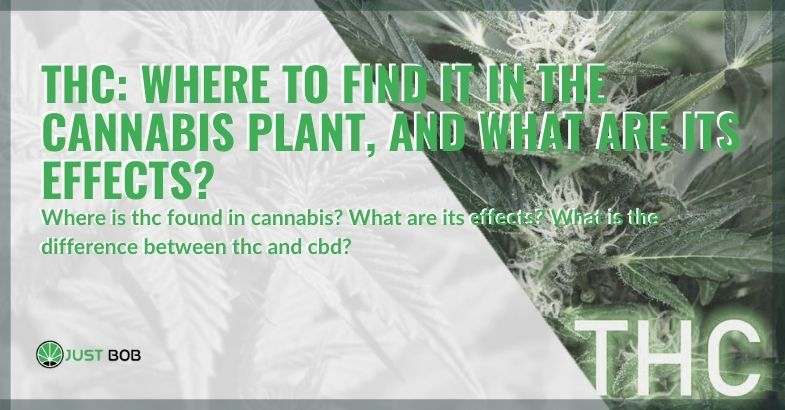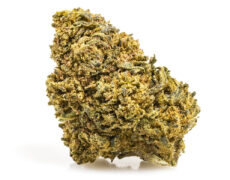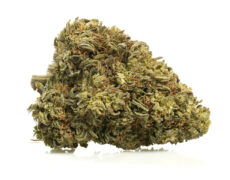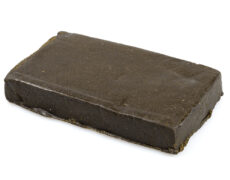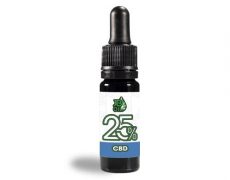Modified on: 24/01/2024
Where is THC found in cannabis? What are its effects? What is the difference between THC and CBD?
THC (tetrahydrocannabinol) is one of the main cannabinoids in marijuana, known for the “high” sensation it causes. In reality, the cannabis plant contains more than 400 active ingredients. In addition to THC, we find CBD, CBN and many other ingredients.
But where is THC found in the cannabis plant? What about the other cannabinoids?
Today we want to answer this question by focusing, subsequently, on the effects of THC and the difference between this compound and CBD. Let’s get started right away!
History of cannabis plant: from origins to the medical marijuana use
The cannabis plant, a botanical wonder with a rich history, has traversed millennia from its ancient origins to the forefront of contemporary medical discussions. This journey has seen the exploration of its psychoactive properties, the development of medical cannabis, and ongoing research into its potential benefits and adverse effects.
Ancient Roots and Early Uses:
The cannabis plant’s history dates back thousands of years, with early civilizations recognizing its versatile properties. Historically, it was utilized for various purposes, including textile production, medicinal applications, and spiritual rituals. Ancient cultures, such as those in China and India, documented the therapeutic effects of the cannabis plant.
Psychoactive Properties and Traditional Uses:
Cannabis indica, a specific variety of the cannabis plant, is known for its psychoactive properties. Herbal cannabis, derived from female cannabis plants, has been used traditionally for its psychoactive substances. Various cultures incorporated cannabis extracts into rituals and ceremonies, exploring its effects through oral administration and other methods.
The Shift to Medical Cannabis:
As society progressed, so did the understanding of the cannabis plant’s potential medicinal benefits. The term “medical cannabis” or “medical marijuana” emerged, signifying the shift towards using cannabis for therapeutic purposes. Ongoing research focused on harnessing its properties for alleviating conditions such as nausea and vomiting, leading to the development of cannabis-based medications.
The Advent of Synthetic Cannabinoids:
Advancements in pharmaceutical research led to the creation of synthetic cannabinoid agonists. These compounds aimed to replicate the effects of cannabis for medical use while avoiding concerns associated with traditional cannabis products. However, the emergence of synthetic cannabinoids raised questions about adverse effects and safety, prompting continued investigation.
Legal and Regulatory Landscape:
The legal status of cannabis has evolved over time, influenced by societal attitudes and scientific findings. In some regions, federal law strictly regulates or prohibits cannabis use, while others have embraced its medical purposes. The ongoing debate around the legal status of cannabis products highlights the complex interplay between government regulations and public health considerations.
Modern Medical Use and Research:
In recent decades, the medical use of cannabis has gained traction, particularly for addressing chronic pain, nausea associated with chemotherapy, and other health conditions. Ongoing research explores the effects of THC, the active constituent in cannabis, on the central nervous system, cannabinoid receptors, and potential applications for public health.
The history of the cannabis plant reflects a journey from ancient cultural uses to the forefront of modern medicine. As the world grapples with issues such as drug abuse and the legal status of cannabis, ongoing research remains pivotal in unlocking the full potential of the cannabis plant for medicinal use, while addressing potential adverse effects and ensuring responsible and informed consumption.
What is THC and where is it found in cannabis?
Tetrahydrocannabinol, also known as THC, is the psychoactive compound of cannabis. It means that its intake can alter our psyche, the sensations we experience and our behaviour.
Its molecular formula (C₂₁H₃₀O₂) is highly similar to that of another famous cannabinoid, CBD (cannabidiol). However, CBD acts as an antagonist to THC and has no psychoactive effect.
All the marijuana cannabinoids are found in every single part of the plant epidermis, the tissue that covers the plant’s aerial parts: stem, branches, leaves and flowers.
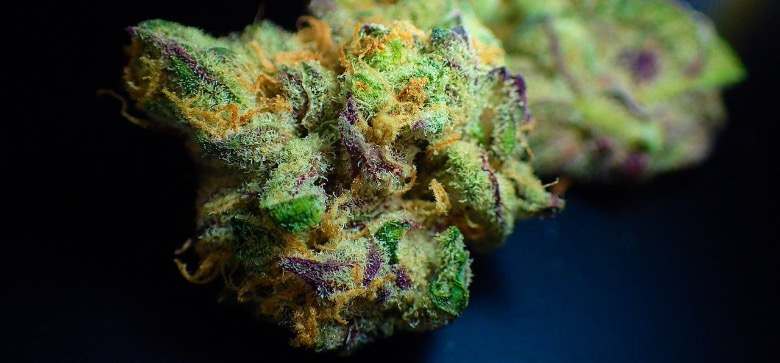

Specifically, it is glands called trichomes that produce a peculiar resin rich in cannabinoids, aromatic molecules (terpenes) and flavonoids.
Trichomes grow, precisely, on the epidermis of cannabis, focusing mainly on the flowers of female plants. Not surprisingly, the marijuana curls (post drying) are the most consumed parts of the plant.
THC is present in high quantities in the flowers of illegal cannabis in the UK, while it is present in minimal doses (less than 0.2%) in legal CBD weed. Conversely, the latter contains high levels of CBD, the beneficial cannabinoid with non-psychotropic effects.
Read also: Where to buy quality CBD oil
Effects of THC and CBD compared
As we anticipated, THC and CBD are two cannabis compounds with a very similar molecular formula but with significantly different effects. Both bind to the cannabinoid receptors of our body, but the first alters our psyche; the other does not.
More precisely, THC mimics anandamide’s structure (endocannabinoid naturally produced in our brain) by literally attaching itself to neurons and altering neuronal communication mechanisms. Not surprisingly, its intake determines the following effects:
- memory impairment (positive and sometimes negative)
- pleasure and euphoria
- difficulty with movement and coordination
- increased thought flow, which often causes severe anxiety
- alteration of sensory and space-time perception
Furthermore, this particular cannabinoid causes the hyper-production of dopamine, the pleasure hormone: if the process is repeated, it leads to addiction and the possible dependence of its effects.
The CBD, however, binds to the cannabinoid receptors CB1 and CB2 in a very different way compared to THC, causing the following beneficial effects and non-psychotropic:
- antioxidant
- relaxing
- anti-inflammatory
- immunomodulator and immunosuppressive (ideal for controlling auto-immune pathologies)
- antiemetic (anti-nausea and anti-vomiting)
- painkiller
- hypotensive
- antispasmodic
- hypotensive
- antipsychotic
That’s not all: CBD oil intake also has antiepileptic effects, favored by several mechanisms, including agonist and antagonist effects on ion channels.
If the repeated and frequent intake of THC is addictive, the intake of CBD has no side effects (although it is not recommended in pregnancy and people suffering from hypotension).
But did you know that cannabinoids are also present in other plants besides Cannabis Sativa L.?
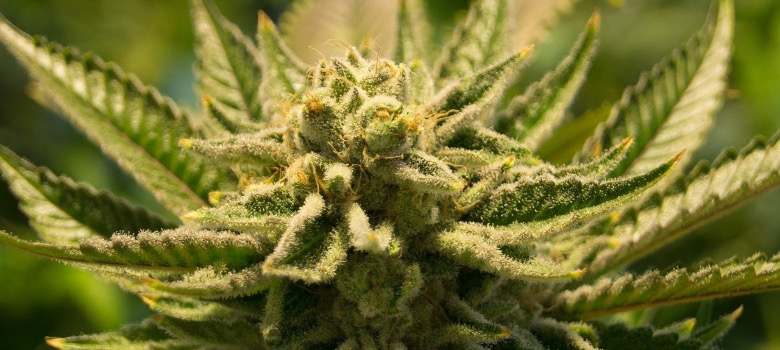

Plants other than cannabis that contain phytocannabinoids (but not THC and CBD)
The medical-scientific world’s discoveries surprise us more and more, especially since research has begun to be interested in the interaction of cannabinoids with our brain.
Thus, scholars have discovered that the active ingredients of marijuana and hashish are THC and CBD (but there are over 400 of them). That CBD cannabis and high-THC weed are not the only plants to contain therapeutic cannabinoids.
Numerous other plants contain substances capable of interacting with our endocannabinoid system! Here are the best known:
- Cocoa contains theobromine, phenylethylamine, tryptophan and anandamide. The latter is considered to be the equivalent of THC naturally produced by our body.
- Echinacea is an immunostimulant that interacts with our endocannabinoid system through cannabimimetic, which mimic the properties of cannabinoids.
- Black pepper, which contains both the beta-caryophyllene terpene (present in numerous cannabis varieties such as OG Kush and Girl Scout Cookies) and an alkaloid capable of interacting with the CB2 receptor, with anti-inflammatory effects.
- Helichrysum is used as a mood stabilizer thanks to the high quantities of cannabigerol (CBG). You may not know yet, but CBG is a phytocannabinoid found in cannabis!
Knowing that other plants interact positively with our brain is, in our opinion, an exceptional discovery.
Read also: Hashish: how is it made and what are the differences with cannabis (even in the effects)?
Cannabis sativa: Exploring the Contrast Between Medical Cannabis with CBD and Medical Cannabis with THC
Cannabis sativa, commonly known as the cannabis plant, has gained increasing attention in recent years for its potential therapeutic applications. The distinction between medical cannabis containing CBD (cannabidiol) and medical cannabis with THC (tetrahydrocannabinol) is crucial in understanding their respective effects on the human body.
Cannabis Plants and Cannabinoids:
The cannabis plant consists of various compounds, known as cannabinoids, which interact with the body’s cannabinoid receptors. Medical cannabis, or medical marijuana, refers to the use of cannabis for medicinal purposes, aiming to alleviate symptoms associated with various conditions.
CBD and THC:
Different Properties and Effects: CBD and THC are two prominent cannabinoids found in cannabis plants, each exhibiting distinct properties. CBD is non-psychoactive, meaning it does not induce the characteristic “high” associated with cannabis use. On the other hand, THC possesses psychoactive properties, leading to altered perception and cognition.
Medical Uses of CBD:
CBD has shown promise in various medical applications. Studies suggest its potential benefits in treating conditions such as chronic pain, multiple sclerosis, and chemotherapy-induced nausea. The oral administration of CBD has been explored for its appetite stimulation properties and its use in mitigating unpleasant effects associated with certain medical treatments.
Medical Uses of THC:
THC, with its psychoactive effects, has also demonstrated therapeutic potential. It is commonly used to alleviate chronic pain, induce appetite in patients undergoing treatments like chemotherapy, and manage symptoms of multiple sclerosis. Ongoing research explores THC’s effectiveness in addressing various health issues.
Legal Status and Regulation:
The legal status of cannabis varies globally. While some countries have legalized its medical use, others strictly regulate or prohibit it. In the United States, for instance, the Drug Enforcement Administration classifies cannabis as a Schedule I substance, hindering research efforts.
Potential Adverse Effects and Considerations:
Despite the potential medicinal benefits, both CBD and THC may have adverse effects, particularly at high doses. Issues such as substance abuse and the impact on the central nervous system are areas of concern. The high lipid solubility of cannabinoids may also contribute to their prolonged effects.
As medical cannabis continues to be explored for its diverse therapeutic applications, understanding the differences between CBD and THC is crucial. The ongoing research in the field aims to provide a clearer picture of the medicinal uses, adverse effects, and regulatory considerations surrounding these compounds. Balancing the potential benefits with associated risks is essential for the responsible and informed use of medical cannabis.
In conclusion
Now you know where THC is found in cannabis, and what the differences between CBD and THC are, and which plants contain cannabinoids besides the hemp plant.
As you have read, CBD flowers, also called legal cannabis buds, contains meagre amounts of THC and high percentages of CBD, a beneficial and non-psychotropic active ingredient.
Do you want to buy the best cannabis strains online? We are waiting for you on Justbob, our CBD online shop!

